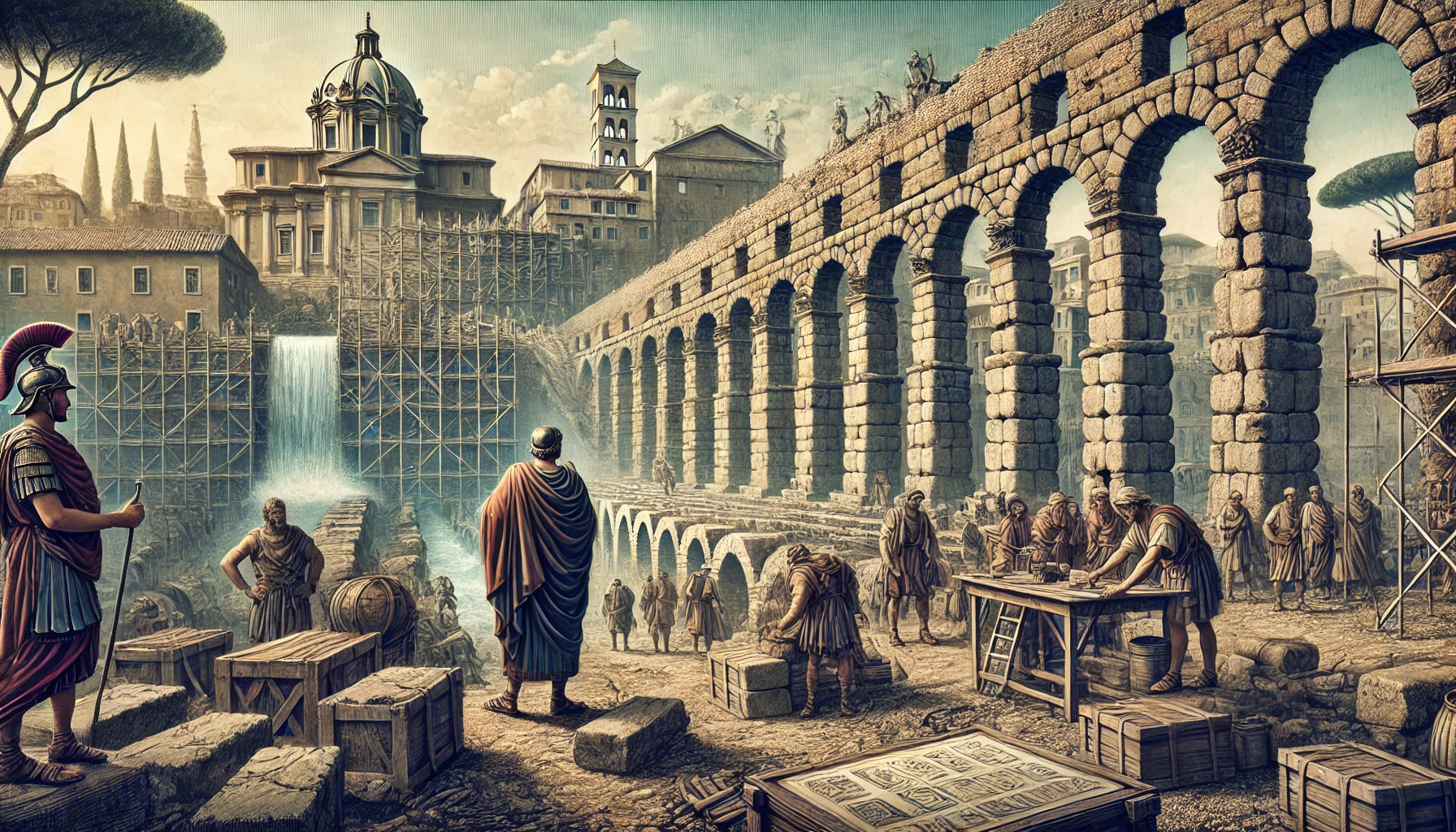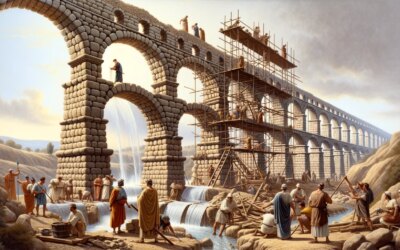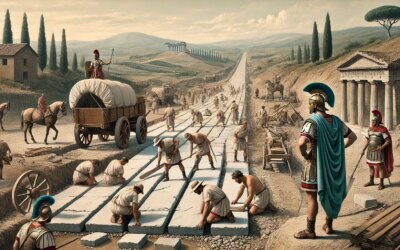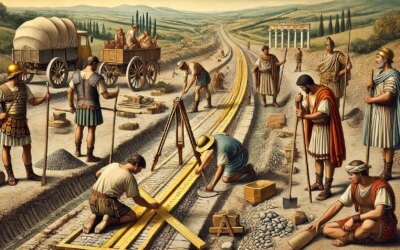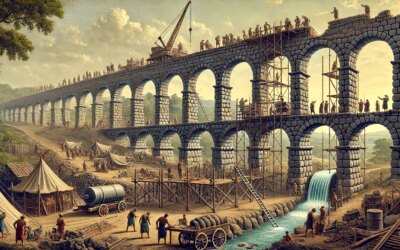Water for the Growing Capital
By the 1st century CE, Rome’s population had surpassed a million inhabitants, creating an urgent need for fresh water. To address this, Emperor Claudius (r. 41–54 CE) commissioned one of the most ambitious engineering projects of the era—the Aqua Claudia, an aqueduct designed to provide a continuous supply of water to the capital.
The Vision and Construction
The construction of the Aqua Claudia began under Emperor Caligula in 38 CE but was completed by Claudius in 52 CE. Stretching over 69 kilometers, the aqueduct sourced water from the Anio Valley, east of Rome. Built using massive stone blocks and concrete, its grand arches still stand today as a testament to Roman engineering prowess.
Architectural and Engineering Marvel
The Aqua Claudia was notable for its towering arcades, some reaching heights of 28 meters. The aqueduct used advanced techniques, including waterproof cement lining and multiple distribution channels. It fed key areas of Rome, including the Palatine Hill and the Caelian Hill, ensuring that public baths, fountains, and households had a steady water supply.
Challenges and Repairs
Despite its grandeur, the aqueduct faced structural challenges. Sections collapsed due to natural wear and instability in the terrain. Subsequent emperors, including Vespasian and Titus, invested in extensive repairs, ensuring that the Aqua Claudia continued to function well into the late empire.
The Enduring Legacy of Aqua Claudia
Though partially ruined today, the Aqua Claudia remains one of the most striking examples of Roman infrastructure. Its towering remnants along the Via Appia Antica serve as a reminder of Rome’s commitment to innovation and urban planning, influencing water management systems for centuries to come.
Rome’s Lifeline Through the Ages
With the Aqua Claudia, Claudius not only reinforced his legacy as a builder but also ensured that Rome’s water supply remained a key element of its greatness. Even in ruins, the aqueduct stands as a symbol of the empire’s ingenuity and ambition.

